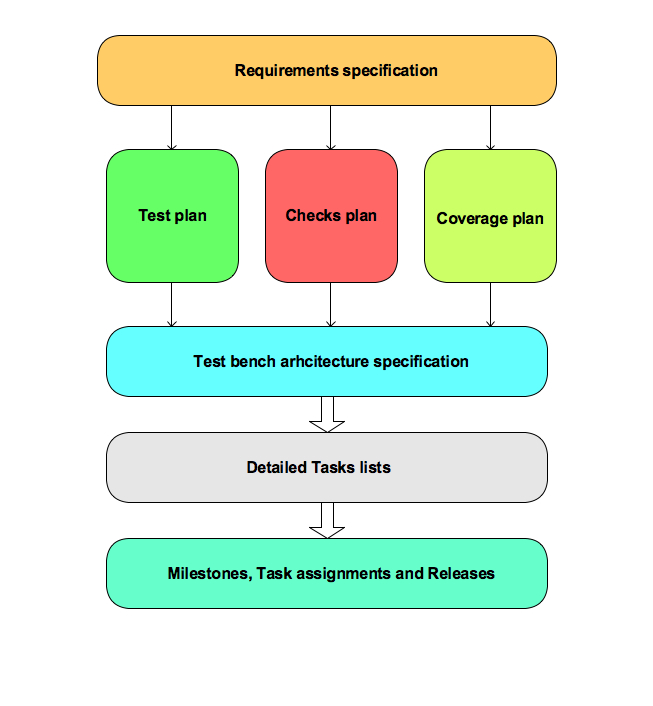Verification Planning : Anchor for execution
“In preparing for battle, I have always found that plans are useless, but planning is indispensable.” –General Dwight D. Eisenhower A perfect planning is, planning…
“In preparing for battle, I have always found that plans are useless, but planning is indispensable.”
–General Dwight D. Eisenhower
A perfect planning is, planning done once and executed to completion successfully without any change. Honestly, It does not exist. We are in times, where projects are three months behind the schedule on the day one. First day of project awaits critical item requiring delivery end of the day. That’s reality of the modern projects. End of day(EOD) and as soon as possible(ASAP) are the only schedules.
Can we break this cycle? Yes, but (yes there is always a but for such questions) not completely. Best we can hope is to minimize EOD and ASAP scenarios. Schedule is madness. Mad schedules are fine as long as there is method to madness. Here is an attempt to put that method to this madness.
Get clear understanding of verification requirements. Create detailed technical plans first before getting into creating schedules and doing resource requirements evaluations. Schedules and resource allocation should be based on technical plan. Jumping in directly into it creates inaccurate forecast for both schedules and resources.
A technical plan is two key sub-items a verification plan and test bench architecture specification.

Read about the details of each of the steps of the planning in the links pointed below.
- Verification strategy
- Technical planning
- Tasks list creation
- Milestone definition
- Tools for task management
Key to success, while creating the initial technical plans is to forget about the deadlines and resources. Technical plans and execution are two different activities. These should not be mixed with each other. One should follow “dream big, execute small” philosophy.
Theoretically enumerate all the requirements assuming infinite time and resources. Execution of the same can be driven by priorities and resources later. Cutting corners in creating technical plans will keep project execution on toes all the time for very long time. Any time saved by cutting corners is not really worth it. Thinking does not really take as much time as execution takes. There is always option to prioritize items later.
All the plans be it test plan, checks plan, coverage plan or tasks lists should be capable of adapting to dynamically changing requirements and allow the effective teamwork anchored around them.